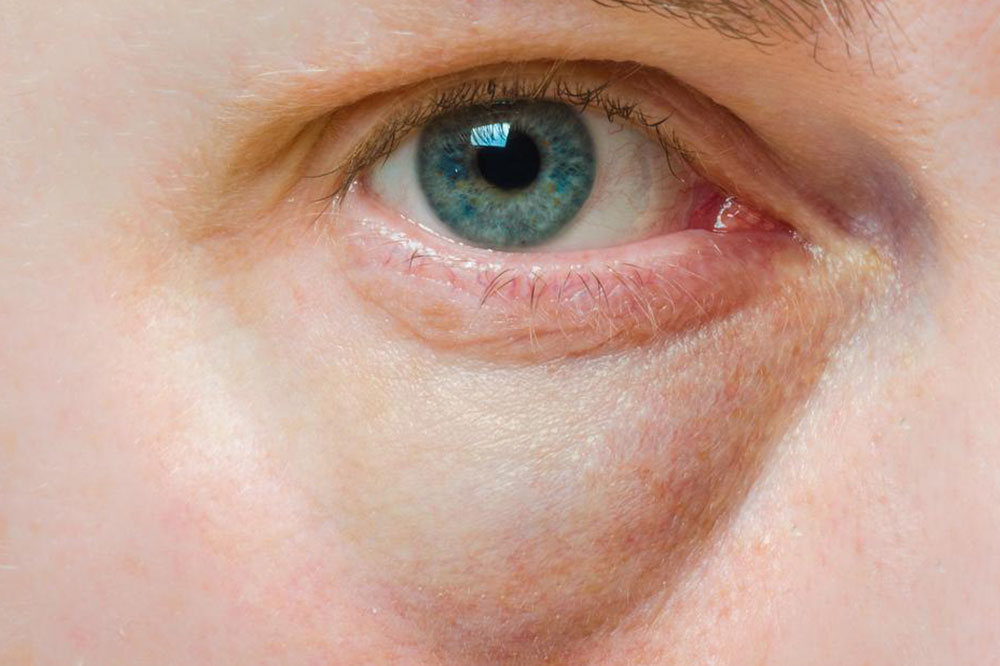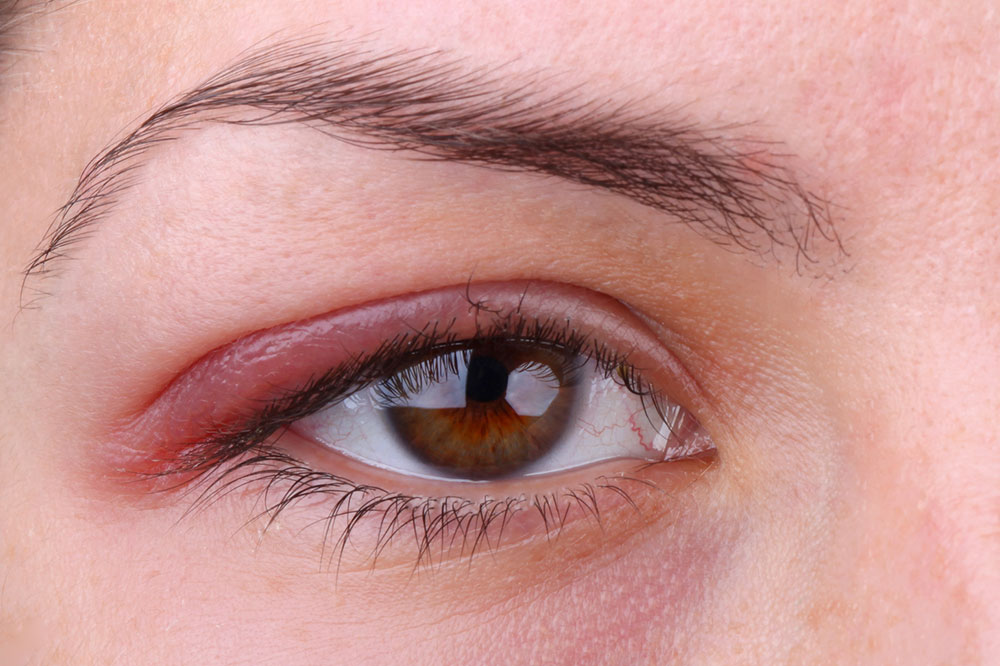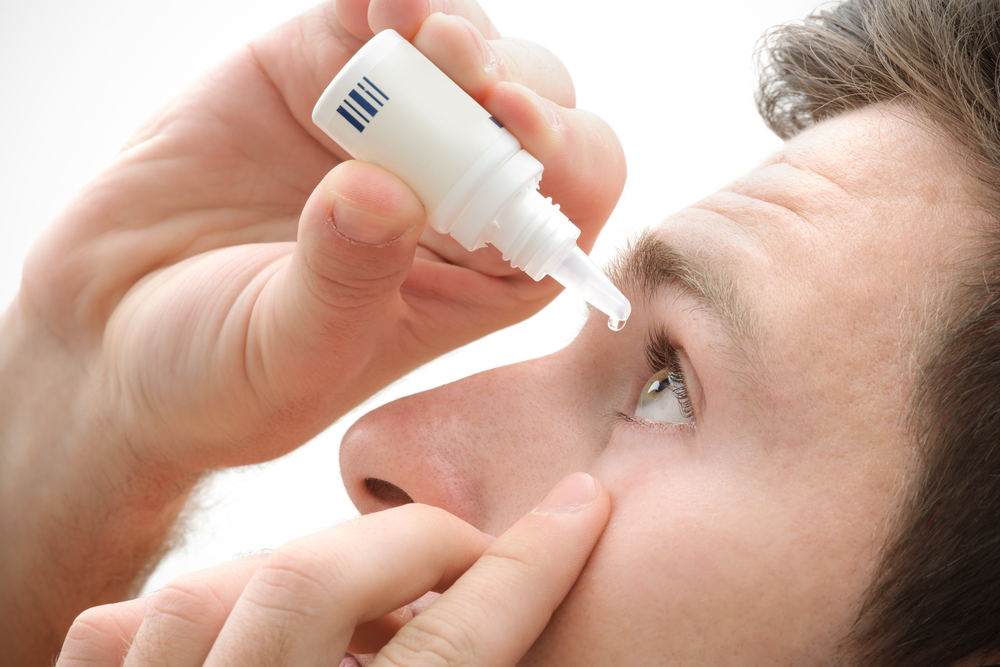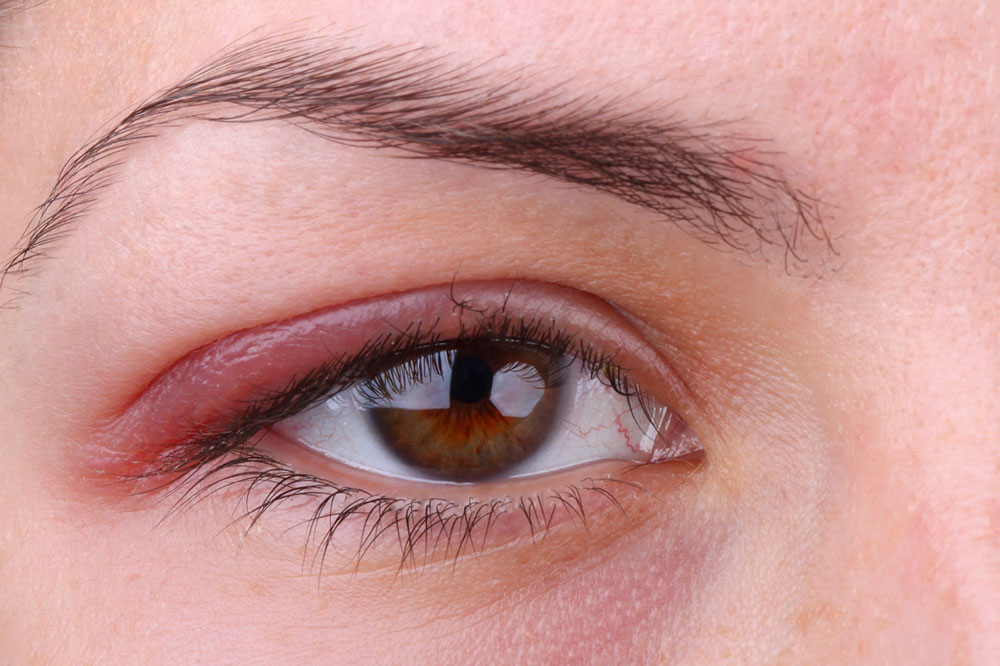Comprehensive Guide to Maintaining Optimal Eye Health at Every Age
This comprehensive guide offers essential tips for maintaining healthy eyesight across all ages. It covers age-related eye conditions like diabetic retinopathy, macular degeneration, cataracts, and glaucoma, as well as childhood issues such as amblyopia and refractive errors. The article emphasizes preventive care, regular eye exams, and the importance of managing systemic health to preserve vision. It also highlights available insurance options like Medicare and Medicaid that support eye health at different life stages. Practical strategies for protecting and improving eyesight are provided, making this guide an invaluable resource for lifelong eye health.
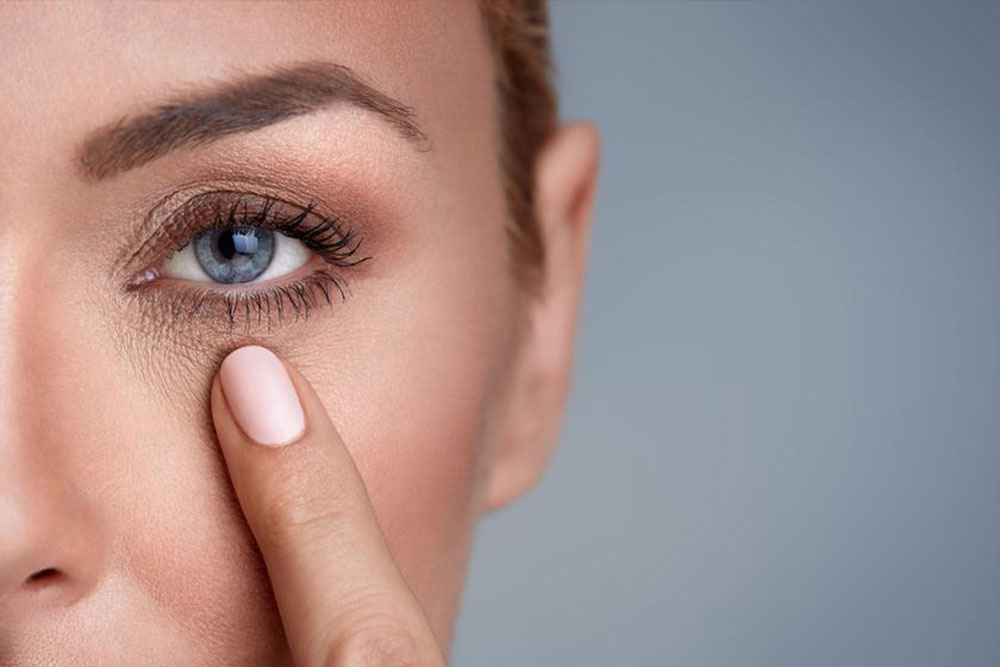
Comprehensive Guide to Maintaining Optimal Eye Health at Every Age
Maintaining healthy eyesight is essential for a vibrant and independent life. Eye health issues are prevalent across all age groups, with different concerns emerging at various life stages. In older adults, conditions such as diabetic retinopathy, macular degeneration, cataracts, and glaucoma have seen significant increases, partly due to demographic changes and the rising prevalence of chronic diseases like diabetes. Conversely, children and young adults often face refractive errors, including myopia, hyperopia, astigmatism, and presbyopia, which can interfere with daily activities and academic performance. Understanding these conditions and adopting proactive measures are crucial for preserving vision and enhancing overall quality of life.
For seniors aged 65 and above, proactive eye care is vital. Most elderly individuals obtain eye coverage via private insurance plans, which ideally offer comprehensive benefits tailored to age-related eye conditions. The United States government provides two primary programs to support eye health: Medicare and Medicaid. Medicare, designed for those 65 and older, covers a range of preventative eye services, including annual diabetic retinopathy screenings, glaucoma testing, and intraocular lens implantation during cataract surgeries under Part B. Medicaid serves low-income families, covering certain laser treatments for cataract removal, pediatric eye screenings through the Early and Periodic Screening, Diagnostic, and Treatment (EPSDT) program, and other essential services. Emphasizing prevention—including regular eye exams, protective eyewear, and managing underlying health issues like diabetes and hypertension—has proven highly effective in slowing or preventing vision deterioration.
Children, on the other hand, are susceptible to different eye issues such as amblyopia, strabismus, and developmental refractive errors. Early detection through routine eye exams is critical for optimal visual development. Corrective measures, including glasses, patching, or even surgery, are often required to address these issues timely. For young adults and teenagers, maintaining healthy eyesight also involves protecting eyes from digital strain, reducing exposure to harmful UV rays, and seeking prompt treatment for any vision changes.
Preventing eye problems is achievable through a combination of lifestyle adjustments, regular checkups, and protective strategies. Simple habits like wearing UV-protective sunglasses, maintaining a balanced diet rich in vitamins C and E, omega-3 fatty acids, and minimizing screen time can significantly improve eye health. Regular eye examinations help catch early signs of disease before significant damage occurs. Furthermore, managing systemic health conditions such as diabetes, high blood pressure, and cholesterol is essential to prevent complications like diabetic retinopathy and hypertensive retinopathy. For personalized guidance, consultation with eye care professionals is recommended to develop an appropriate eye health plan tailored to individual needs.
Ultimately, a comprehensive approach to eye health—combining prevention, early detection, and treatment—promotes lifelong visual acuity. Whether you're a senior, a parent concerned about your child's developing vision, or a young adult eager to preserve your vision, understanding common eye conditions and adopting preventive strategies are vital steps toward maintaining clear sight. Incorporating protective measures and regular checkups into your routine ensures that your eyes remain healthy and functional for years to come, allowing you to enjoy life's many visual wonders with confidence and clarity.
